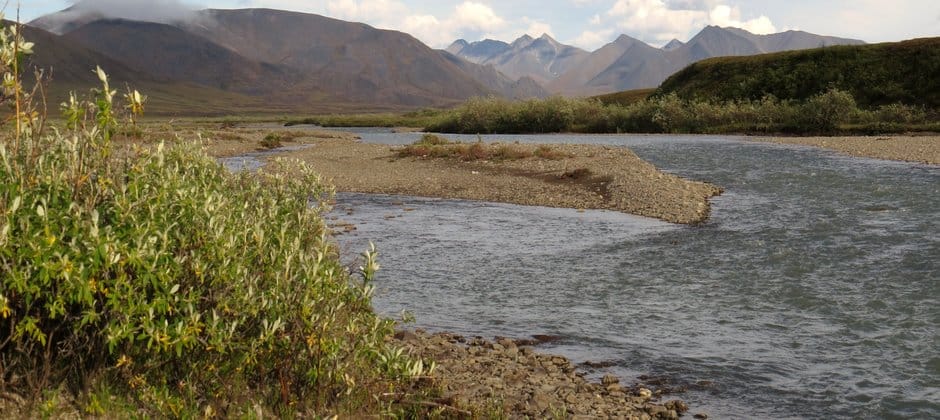Share this article
Wild Cam: Shrub expansion draws moose northward
Jiake Zhou and three of his colleagues traveled 16 days on inflatable rubber boats in the northern Alaskan wilderness without seeing any other human, with nothing but a few guns and some pepper spray in case something went awry with the bears or moose they were surveying.
They traveled 568 kilometers on an epic journey along three connected rivers. But despite the excitement of close encounters with grizzly bears (Ursos arctos horribilis) and waking up to discover wolf (Canis lupus) tracks around their campsites, the team was concerned in large part about the shrubbery.
That’s because shrub species like feltleaf willow (Salix alaxensis) are expanding in the Arctic due to climate shifts that bring warmer summer temperatures and earlier snowmelt. And moose (Alces alces), which feed on the shrubs, are hot on their trails.
“Shrub expansion has multiple implications for the ecosystem,” said Zhou, a PhD student from the University of Alaska Fairbanks and the lead author of a study published recently in Global Change Biology on shrub-moose dynamics.
Enlarge
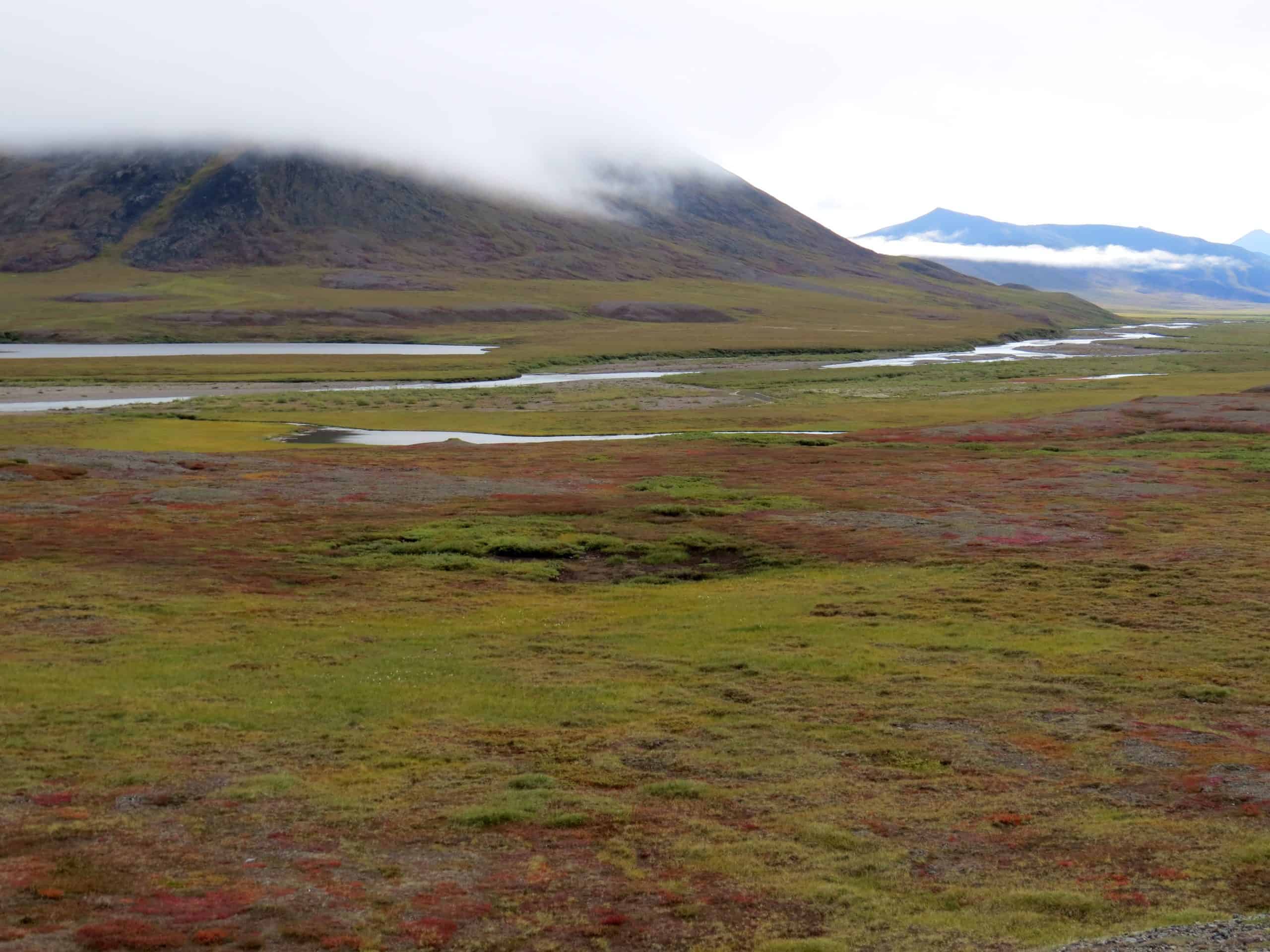
Credit: Jiake Zhou
About a century ago, there were nearly no moose left on Alaska’s North Slope. But halfway through the 1900s, the herbivores had started to make inroads in the areas, really increasing by the 1970s.
“As climate warmed and shrubs encroached into the area, moose started expanding into the Arctic,” Zhou said.
Researchers already knew that where the shrubs grew, moose would follow. But they wanted to see how this trend might continue into the future as the climate continues to warm.
Enlarge
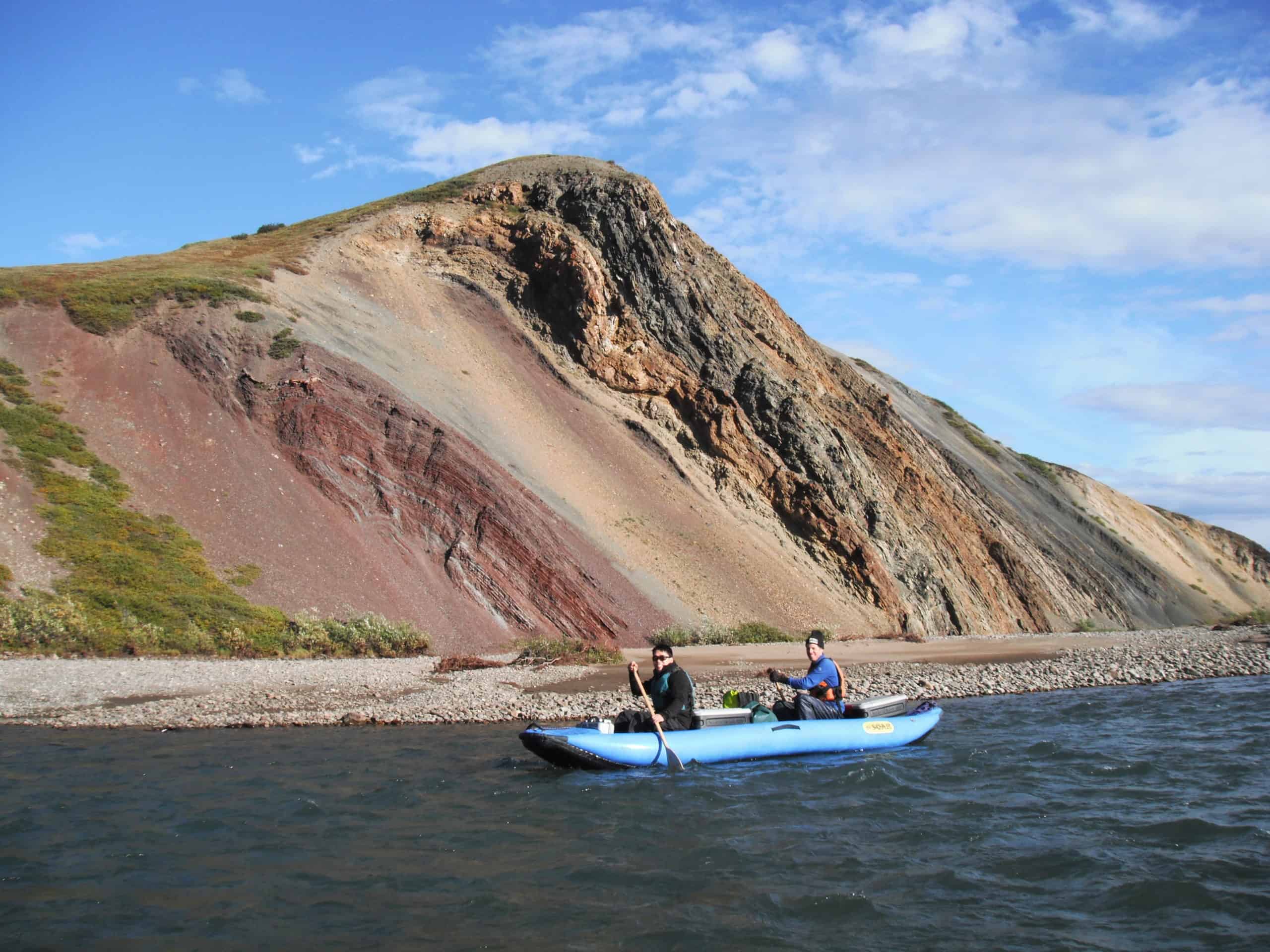
Credit: Adele Wieiaczka
Zhou, pictured in the front of the boat above, and his colleagues tapped into the Alaska Department of Fish and Game’s 19-year moose dataset collected from airplane surveys of the animals on the North Slope. But they also set out to do some ground truthing to track the spread of shrubs along a transect from the Brooks Range to the north coast along the connected Nigu, Etivluk and Colville rivers. In two rubber boats, the researchers set out in August 2015 for a 22-day period, randomly selecting 59 survey sites along the way where they measured shrubs and recorded species.
“It was totally wild — amazing,” Zhou said.
Mountains towered over expanses of tundra while he and his team plied the icy rivers carved through the landscape. “The environment is just beautiful, breathtaking,” he said.
Enlarge
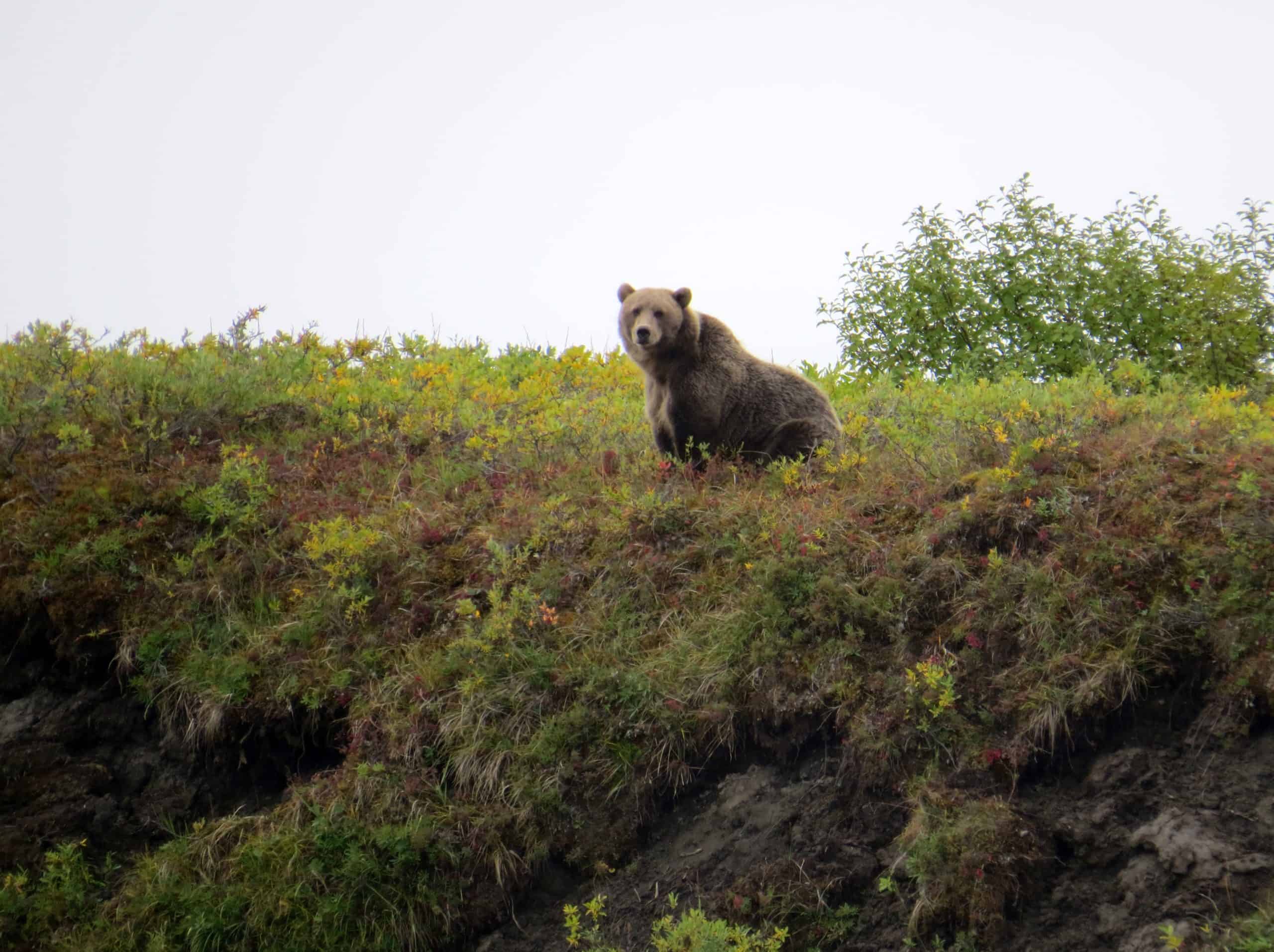
Credit: Jiake Zhou
In one case, one of Zhou’s colleagues was brushing her teeth by the river when she was approached by a young, curious grizzly bear (the one pictured is from a different sighting). The researchers readied their guns and pepper spray as the bear got within 100 meters of her, but after seeing the others, it turned away.
Enlarge
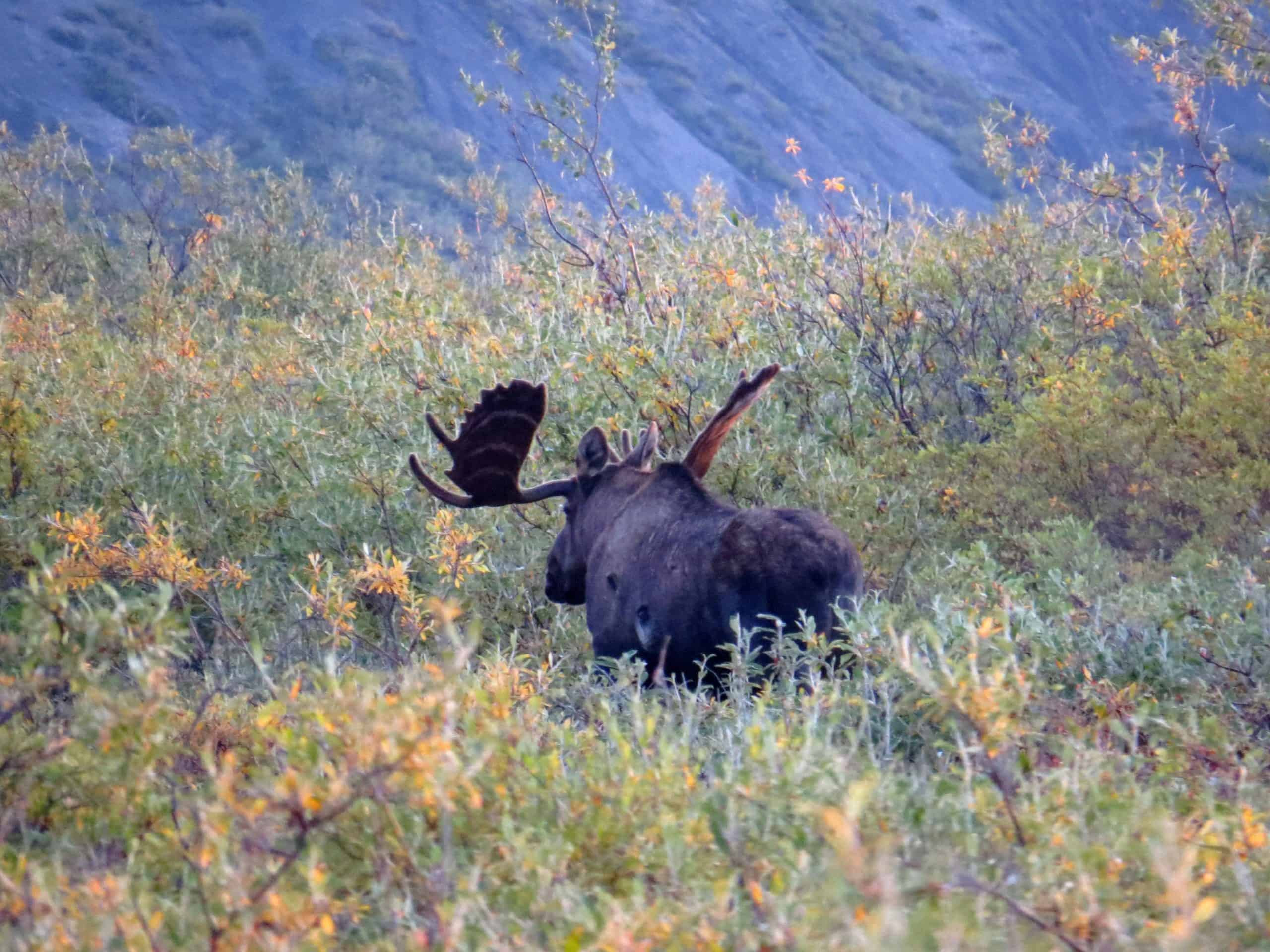
Jiake Zhou
They also recorded sightings of moose they saw along the way and inspected plants for evidence of browsing by these and other animals. After they returned, they combined the data they collected to determine correlations between moose and shrub expansion.
The team found that the higher the summer temperature climbed, the taller the shrubs grew. Since moose usually require tall shrubs, the height of these plants was correlated with how many moose were around.
They also found that moose tended to occupy areas along the rivers where the researchers traveled.
“Moose habitat is correlated with summer temperature and riparian areas,” Zhou said.
Enlarge
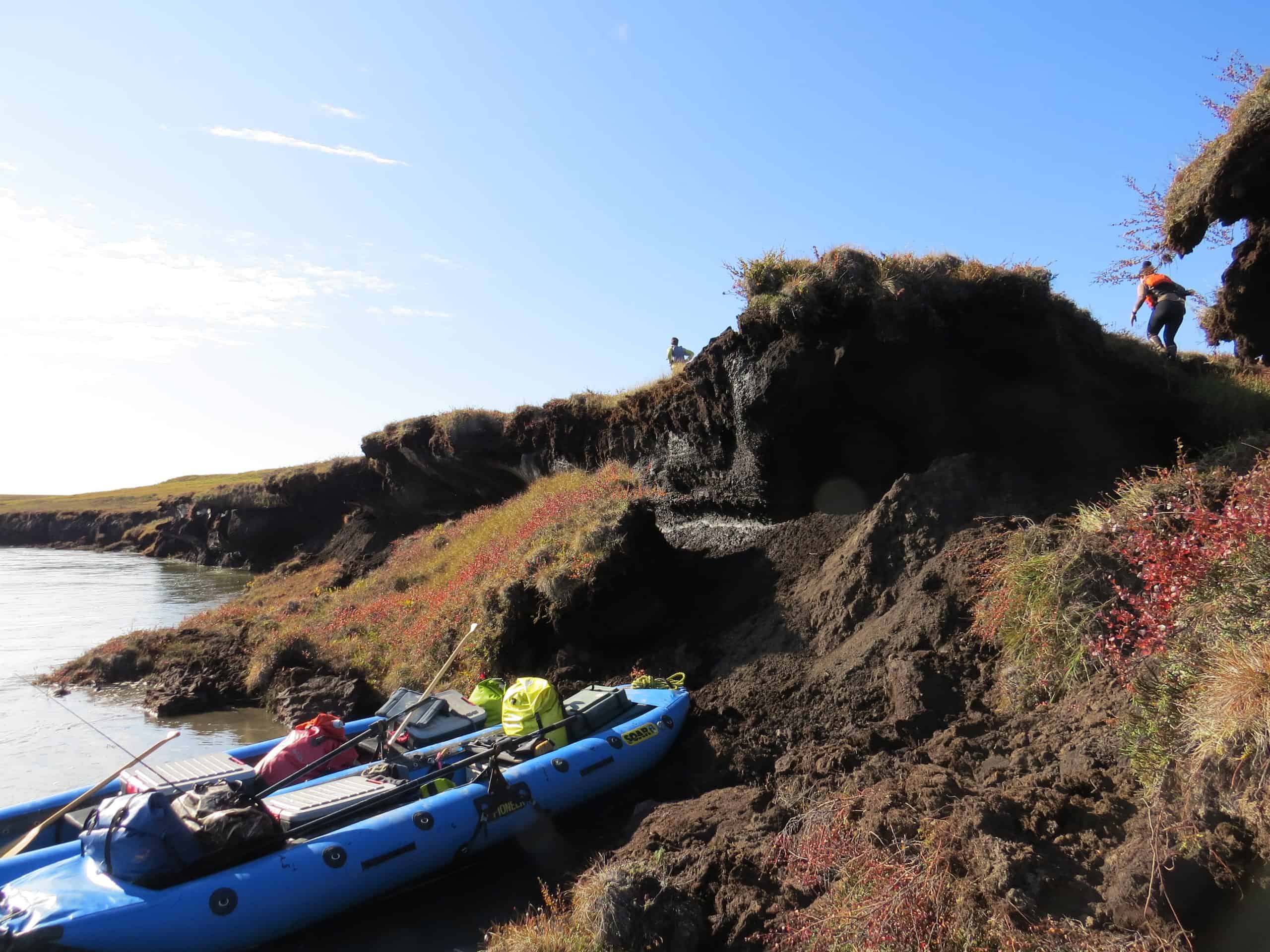
Credit: Jiake Zhou
Finally, the researchers compared the expansion of shrubs with climate records. Aside from shrub expansion, they noticed other visible signs of climate change, such as permafrost collapse along the banks of the rivers, as shown in the picture above.
They projected shrub and moose expansion the future using two climate models — one involving a business as usual scenario where carbon emissions continue to increase on the planet at a consistent rate and another where emissions peak in the mid-2000s before starting to drop.
Enlarge
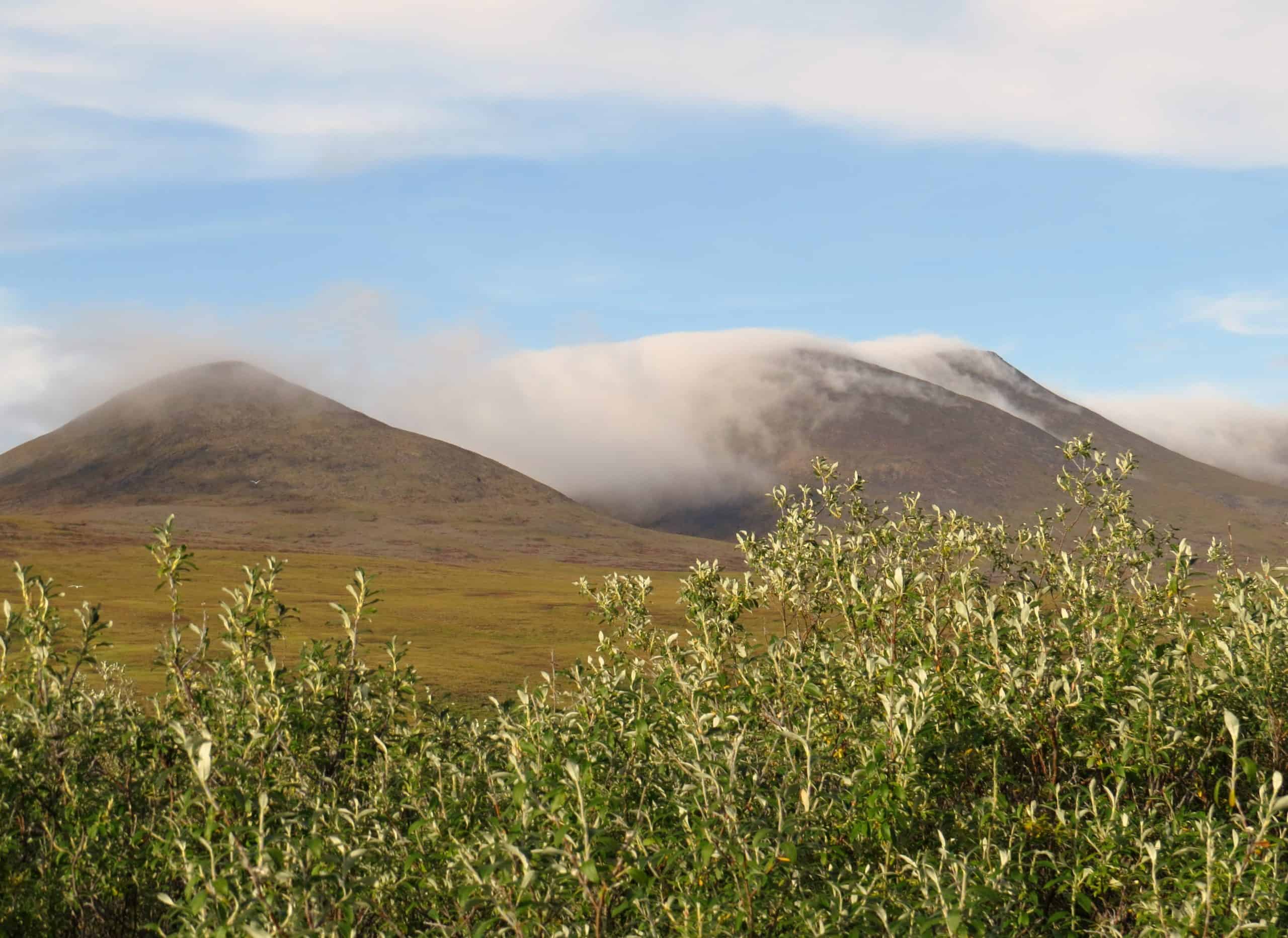
Credit: Jiake Zhou
They found that due to a combination of expanding shrub availability and an increased connection in suitable landscapes, the amount of moose habitat on the North Slope could possibly double by 2100.
This has several implications, including greater hunting opportunities for indigenous communities in the area, Zhou said, but it may have a variety of cascading effects on the food web.
Enlarge
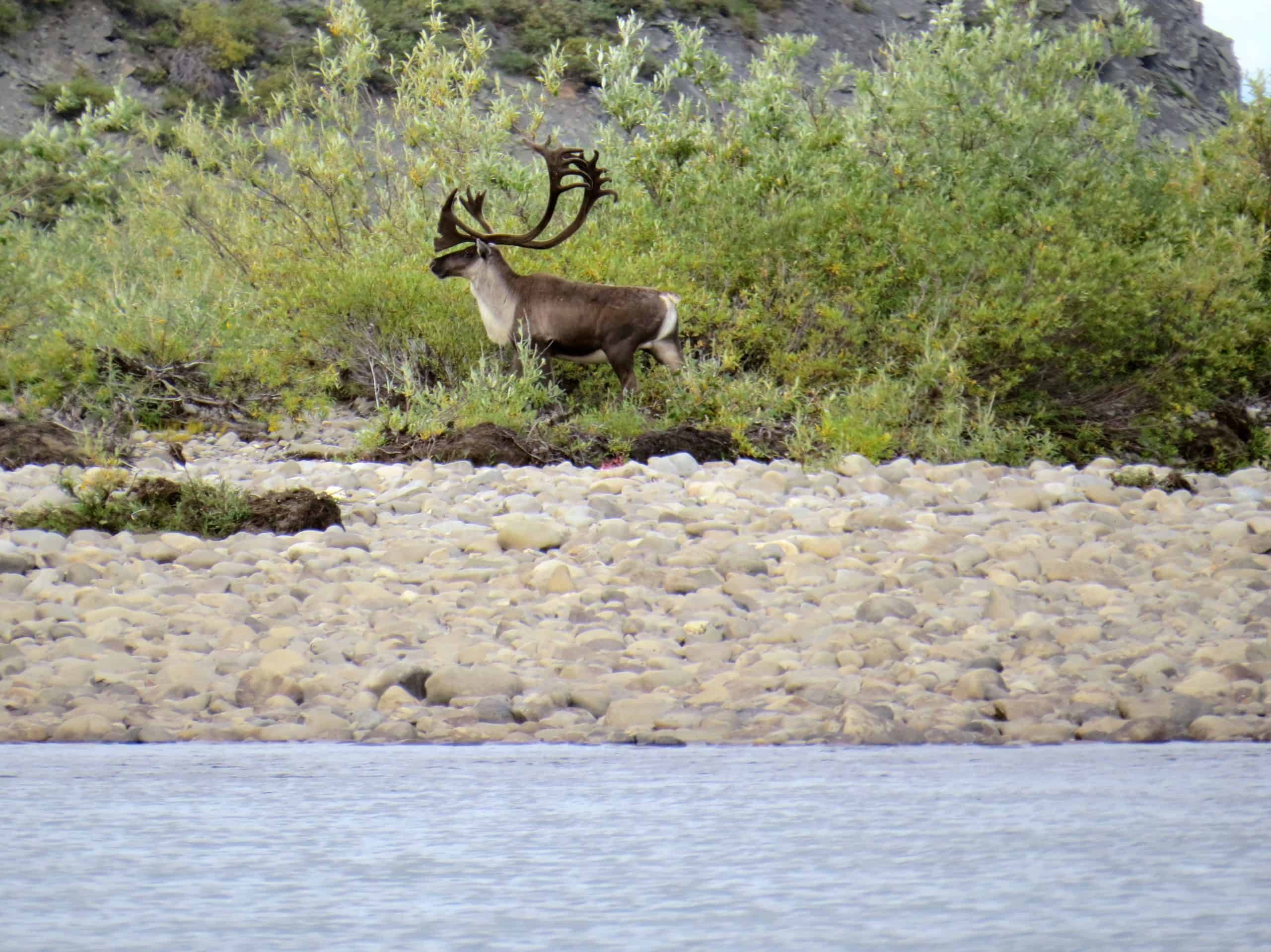
Credit: Jiake Zhou
Growing numbers of moose in parts of Canada have led to an increase in wolves and bears as they prey on moose calves, negatively affecting caribou (Rangifer tarandus), which also become their prey.
“A similar phenomenon could happen in this system,” Zhou said of Alaska’s North Slope.
The expansion of shrubs could also draw more snowshoe hares (Lepus americanus), which compete with moose for shrubs.
Enlarge
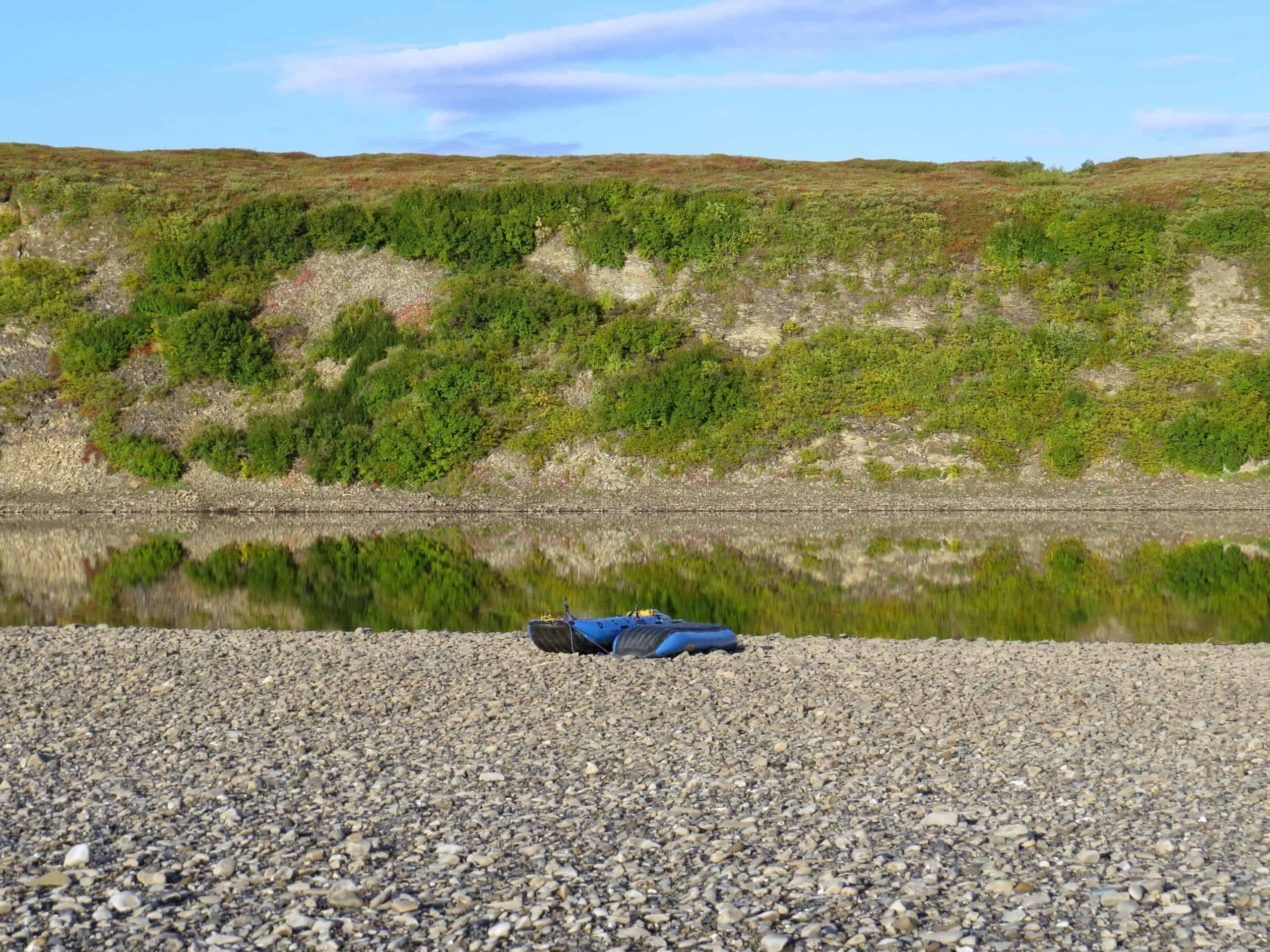
Credit: Jiake Zhou
This photo essay is part of an occasional series from The Wildlife Society featuring photos and video images of wildlife taken with camera traps and other equipment. Check out other entries in the series here. If you’re working on an interesting camera trap research project or one that has a series of good photos you’d like to share, email Joshua at jlearn@wildlife.org.
Header Image: Moose are expanding into Alaska’s North Slope as a warming climate drives the growth of shrubs like those in the foreground on the left. Credit: Jiake Zhou



